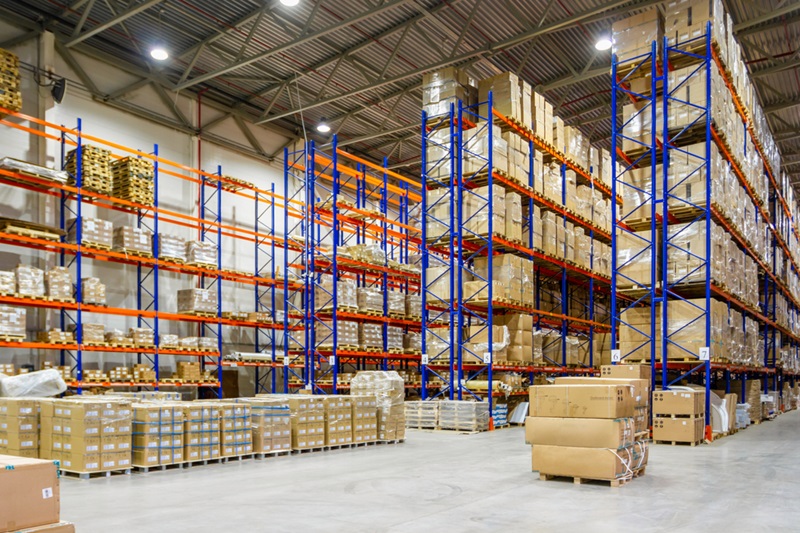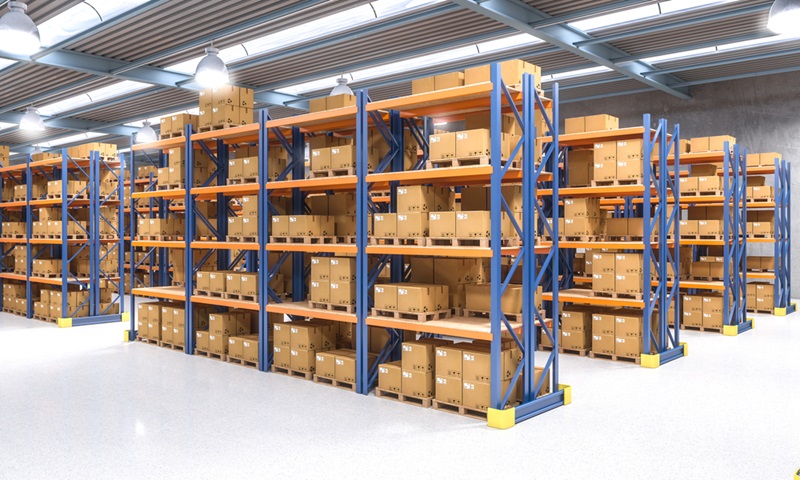Exploring the Evolution and Future Trends of Warehouse Racking Systems: A Comprehensive Guide

Have you ever wondered about the evolution of warehouse racking systems? How did these space-optimizing devices transform from humble wooden stacks to towering, digitally controlled structures? The journey of warehouse racking systems is a fascinating chronicle of innovation spurred on by necessity. This blog post delves into the revolutionary changes over time in warehouse design, size, and organization, highlighting the past, present, and future of racking systems. So, buckle up as we explore the labyrinth of warehouse racking systems.
The efficient organization of goods has always been central to the success of a business. From the merchant shops of ancient times to today’s colossal e-commerce warehouses, efficient storage and retrieval systems have played an integral role in improving supply chains. What compels us even more is the question of “what next?” Is there a future beyond the towering, mechanized shelves that define today’s warehouses?
Let’s consider these questions and more as we dissect the intricacies of warehouse racking systems. This comprehensive guide outlines the pivotal moments of evolution, elucidating the pros and cons of different systems, the people and timelines that changed the course of warehouse design, and the most compelling possibilities for the future.
The Early Beginnings
If we journey back to the mid-1800s, the design of warehouses was dictated by hand-loading techniques and constraints of transportation. Freight would arrive by horse-drawn carriages and could only be stacked a few feet high. Technological advances were slow, but steady, as businesses sought increasingly efficient systems. Although the concept was fundamental, these early structures set the baseline for industrial stackable storage units.
The emergence of industrial forklift trucks in the early 20th century revolutionized warehouse design. With the ability to stack pallets high, warehouse ceilings soared, laying the foundation for the towering racks we witness today. It was the dawn of a new era that boasted improved operational efficiency and space optimization.
Despite these advancements, order accuracy and retrieval speeds remained a problem. Warehouse workers had to manually count and sort inventory, leading to a high margin of error and slow processing times. That’s when the idea of automation began to take roots.
The Age of Automation
The advent of technology in the mid-20th century brought about unprecedented changes. Automated storage and retrieval systems (ASRS), first installed in the 1960s, marked a pivotal turn in warehouse racking design. An ASRS consists of a variety of computer-controlled methods for automatically placing and retrieving items from specific places in the warehouse.
Automated racking systems significantly reduced human error, improved order accuracy, and aided in faster processing of orders. However, the system’s extensive reliance on technology and automated equipment brought its share of drawbacks. The cost of setup and maintenance skyrocketed, and there was a requirement for specialized technical knowledge to manage operations. These considerations couldn’t be overlooked, paving the way for smarter, more optimized solutions.
The Advent of Smart Warehousing
The past decade has seen the rise of a significant trend – smart warehousing. The proliferation of warehouse management software, Internet of Things (IoT), and data analytics has transformed warehouses into highly efficient, interconnected systems. Advanced features such as real-time inventory tracking, predictive analytics, and automated routing and scheduling have amped up efficiency, accuracy, and productivity levels.
Alongside these advancements, companies have also begun exploring the potential of robotics in warehouse racking systems. Robots, with their precision and speed, have begun to replace human-operated forklifts, reducing labor costs, and minimizing human error. However, as most things in technology, this advancement too comes with a shadow side. The initial setup of robotic warehouse systems is expensive and requires frequent upgrades and maintenance.
What Does the Future Hold?
As our societies continue progressing towards Industry 4.0, the warehouse of the future looks more exciting than ever. Drones and robots, assisted by artificial intelligence (AI) and machine learning (ML), are expected to carry out warehousing processes by themselves, taking human intervention to a minimum.
These evolved warehouses will not only be self-sufficient but also environment-friendly, as businesses are increasingly focusing on sustainable practices. With the integration of solar power and battery storage, future warehouse systems will be able to operate off-grid, thus reducing their environmental impact.
But, are there cons to this utopian vision? As always, cost and security issues continue to linger. High installation costs and the potential risk of cyberattacks are significant concerns that need thoughtful strategies to address.

Final Thoughts
To sum it up, warehousing has evolved from the simplistic first-tier racks of the 1800s to dynamic, interconnected systems. The advent of automated, smart, and robotic warehouses has forever changed the face of warehouse racking systems. The future with AI, ML, and sustainable practices looks promising, but not without challenges.
Regardless, the resilience shown by warehouse systems across history assures us that these challenges will be successfully overcome. The journey of warehouse racking systems serves as a testament to humankind’s unending zeal for improvement – a dance of innovation that will continue to revolve around the ever-changing wheel of technology.